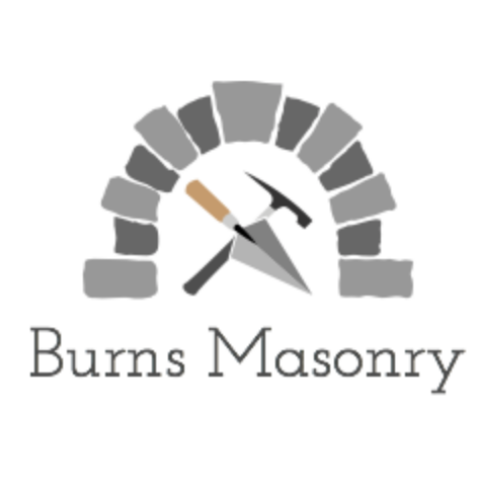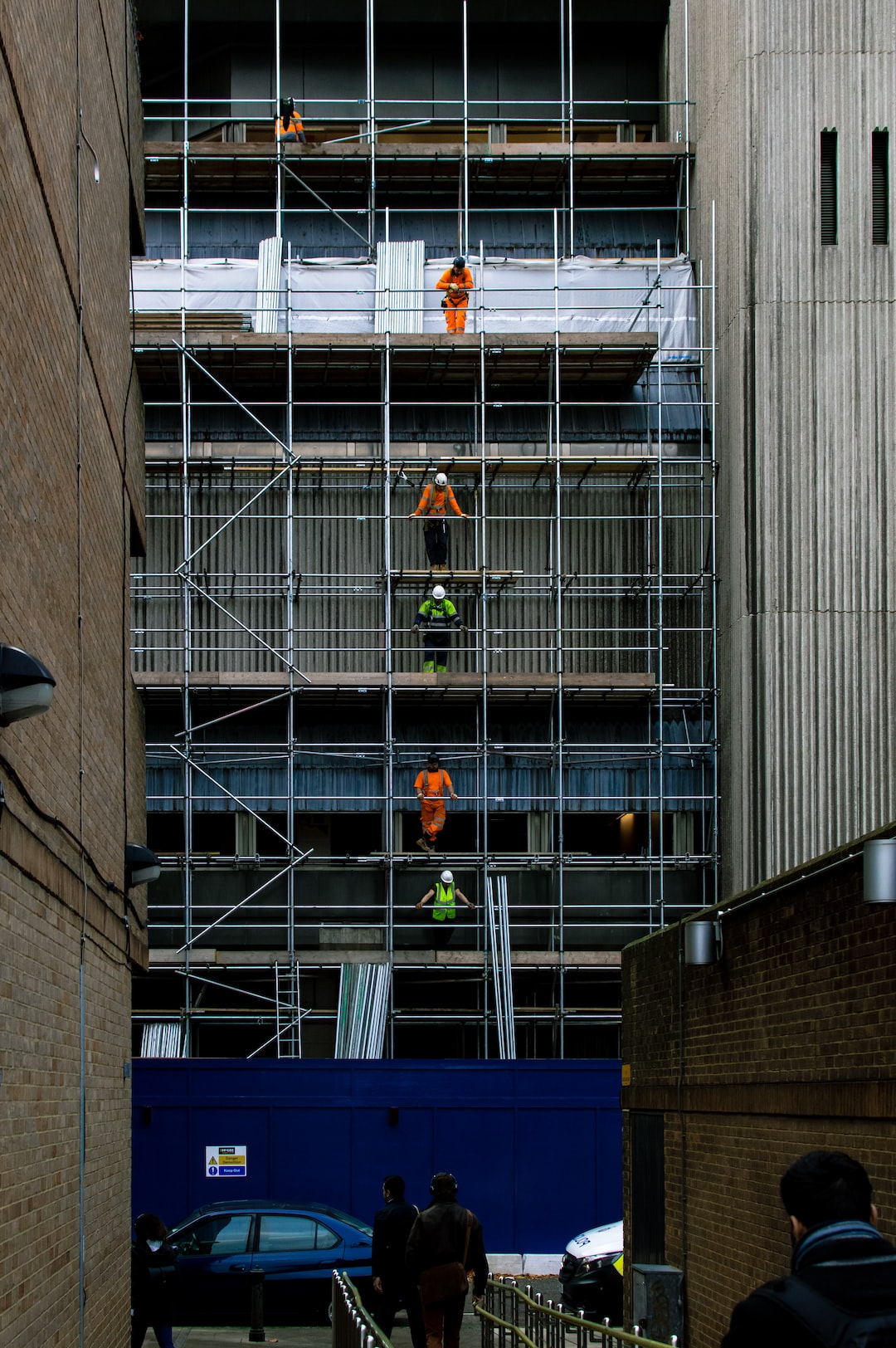Achieving a Timeless Look with Traditional Stone Masonry Techniques: The Art of Tuckpointing
In today’s fast-paced world where modern architecture dominates, there is something undeniably captivating about a timeless look that carries the essence of history and tradition. Traditional stone masonry techniques offer just that – a glimpse into the past while creating durable and aesthetically pleasing structures. One essential skill that contributes to this captivating look is tuckpointing.
Tuckpointing, also known as pointing or repointing, is the process of repairing or enhancing the mortar joints between stones or bricks. This ancient technique goes beyond mere functionality; it is a true art that requires skill, precision, and careful attention to detail. By employing tuckpointing, craftsmen can restore the beauty and structural integrity of historic structures while ensuring their longevity.
The process of tuckpointing begins with removing the old, deteriorated mortar using a combination of chisels, grinders, and other specialized tools. This step is crucial as it allows for the application of fresh mortar that blends seamlessly with the original design. Once the old mortar is removed, the mason applies a new layer of mortar using a technique called “tuckpointing” – a process that involves pressing a thin, vibrant-colored mortar line onto the joint, giving the illusion of a neatly pointed, fine joint.
The choice of mortar used in tuckpointing is crucial to achieving a timeless look. Lime mortar, a traditional material, is often favored over modern cement-based mortars due to its ability to bond better with historic materials and remain flexible over time. Lime mortar also allows for better breathability of the structure, preventing moisture-related damage. Combined with the craftsmanship of tuckpointing, lime mortar creates a flawless, elegant look that resonates with the original aesthetics of older structures.
While tuckpointing is an integral part of historical restoration, it also offers a unique opportunity for new construction. By utilizing these traditional techniques, architects and homeowners can create new structures that seamlessly blend with their historic surroundings. This allows for a visually cohesive neighborhood that maintains the charm and character of the past.
Furthermore, tuckpointing adds value to properties. A well-executed tuckpointing job can significantly increase the market value of a building or home, as it showcases the attention to detail and craftsmanship invested in preserving its timeless beauty. Moreover, by ensuring the structural integrity of mortar joints, tuckpointing helps prevent future damage, saving property owners from costly repairs down the line.
In conclusion, achieving a timeless look with traditional stone masonry techniques requires the art of tuckpointing. By harnessing the expertise of skilled craftsmen and employing lime mortar, structures can be restored or newly constructed to seamlessly blend with their historical surroundings. Tuckpointing not only adds value by enhancing the visual appeal of properties but also ensures their longevity. As we continue to appreciate the allure of the past, tuckpointing remains an essential technique in creating captivating structures that stand the test of time.
Publisher Details:
Burns Masonry Inc
https://www.burnsmasonry.com/
Tuckpointing & Repointing – Chimney Repair – Foundation Repair – Recent Work

